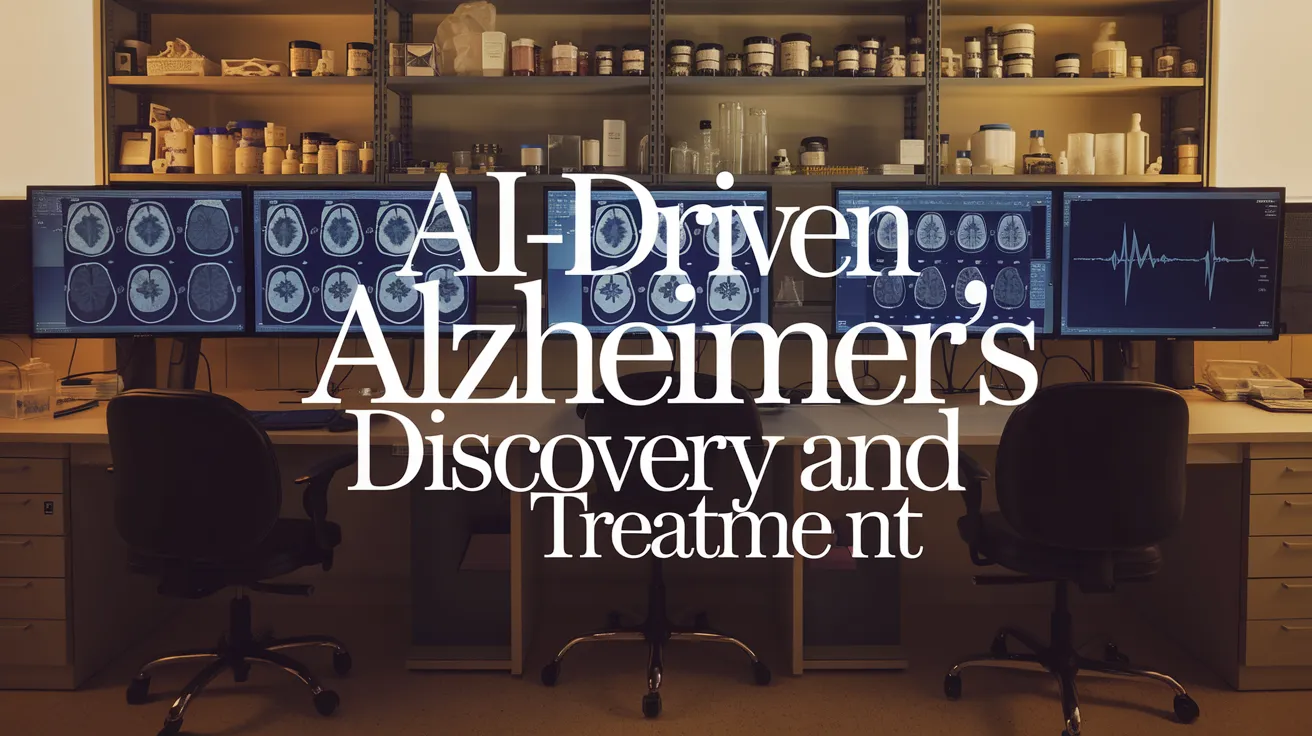AI-Driven Alzheimer’s Discovery and Treatment

Recent advancements in artificial intelligence (AI) have paved the way for significant breakthroughs in understanding and potentially treating Alzheimer’s disease. Researchers at the University of California, San Diego (UC San Diego) have harnessed AI modeling techniques to explore the role of a specific gene that may not only indicate the presence of Alzheimer’s but might also play a causative role.
Link Between PHGDH Gene and Alzheimer’s Disease
The study focused on an enzyme known as phosphoglycerate dehydrogenase (PHGDH). This gene has previously been shown to be more active in individuals experiencing rapid progression of Alzheimer’s symptoms. However, pinpointing the exact mechanism behind this link remained elusive.
Utilizing modern AI techniques, the UC San Diego team was able to model the three-dimensional structure of the PHGDH enzyme, unveiling a previously undiscovered function that involves activating and deactivating specific genes. Importantly, this process affects astrocytes—brain cells crucial for managing inflammation and clearing waste—and potentially represents a tipping point that triggers the progression of Alzheimer’s.
Pioneering Approaches to Treatment
Following the discovery, researchers initiated efforts to inhibit PHGDH. Their goal was to block its gene-regulating capabilities in astrocytes while preserving its essential enzymatic functions. This pursuit led to the identification of a molecule named NCT-503, which appeared to bind effectively to PHGDH and hinder its unwanted gene manipulation.
Early results from studies involving mouse models of Alzheimer’s were promising; treated mice showed improvements in memory and anxiety performance. According to bioengineer Sheng Zhong, “Now there is a therapeutic candidate with demonstrated efficacy that has the potential of being further developed into clinical tests.” This marks an exciting step forward in the quest for effective Alzheimer’s treatments.
Potential Impact and Future Directions
An important advantage of NCT-503 lies in its ability to cross the blood-brain barrier, promoting its accessibility to neurons and adjacent cells. The prospect of an orally administered treatment based on this molecule adds to its therapeutic appeal.
Despite the complexity of Alzheimer’s disease—with its myriad contributing factors, from environmental stressors to genetic predispositions—each new study builds upon the knowledge necessary to address this challenging condition. As Sheng Zhong notes, “Unfortunately, treatment options for Alzheimer’s disease are very limited, and treatment responses are not outstanding at this moment.” However, this research underscores a critical step toward expanding the therapeutic arsenal available for this devastating condition.
Published in the journal Cell, this study not only highlights the potential of AI in biochemical research but also illuminates new pathways for therapeutic development as we strive to conquer Alzheimer’s disease.